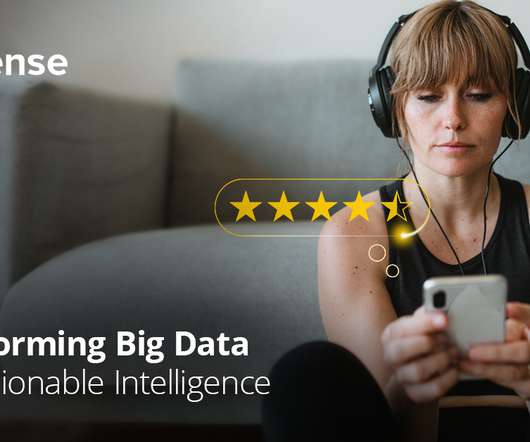Glossary of Digital Terminology for Career Relevance
Rocket-Powered Data Science
JULY 7, 2019
AGI (Artificial General Intelligence): AI (Artificial Intelligence): Application of Machine Learning algorithms to robotics and machines (including bots), focused on taking actions based on sensory inputs (data). Examples: (1-3) All those applications shown in the definition of Machine Learning. (4)




















Let's personalize your content